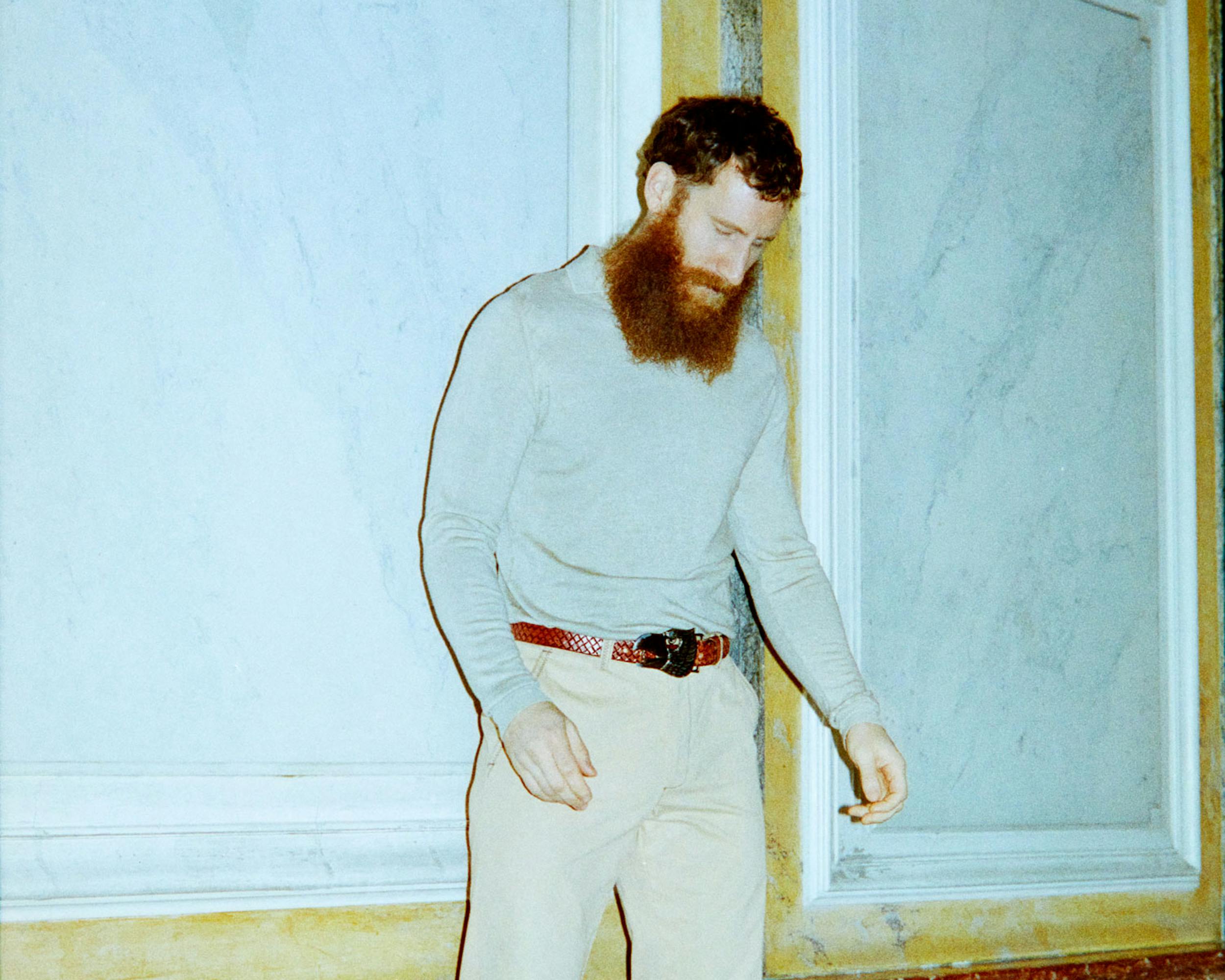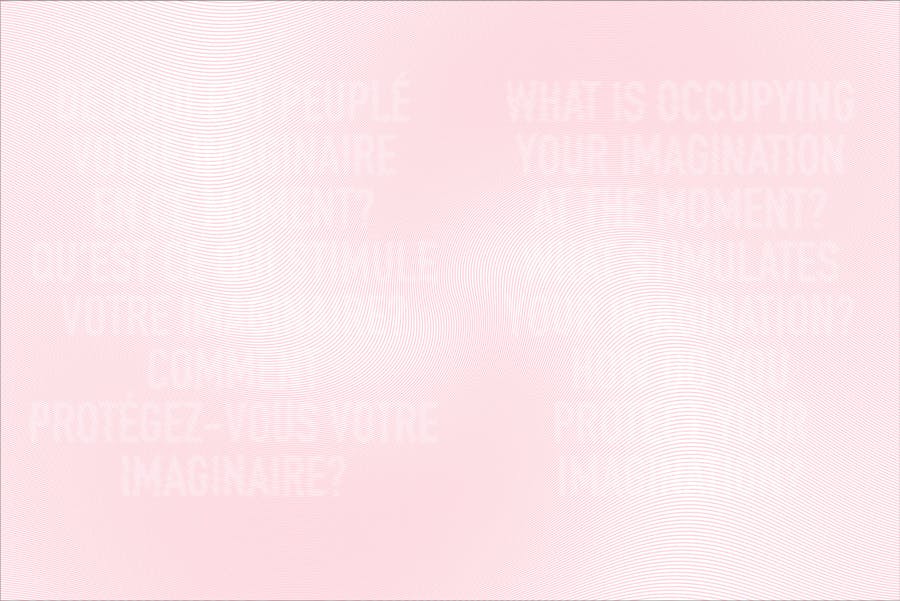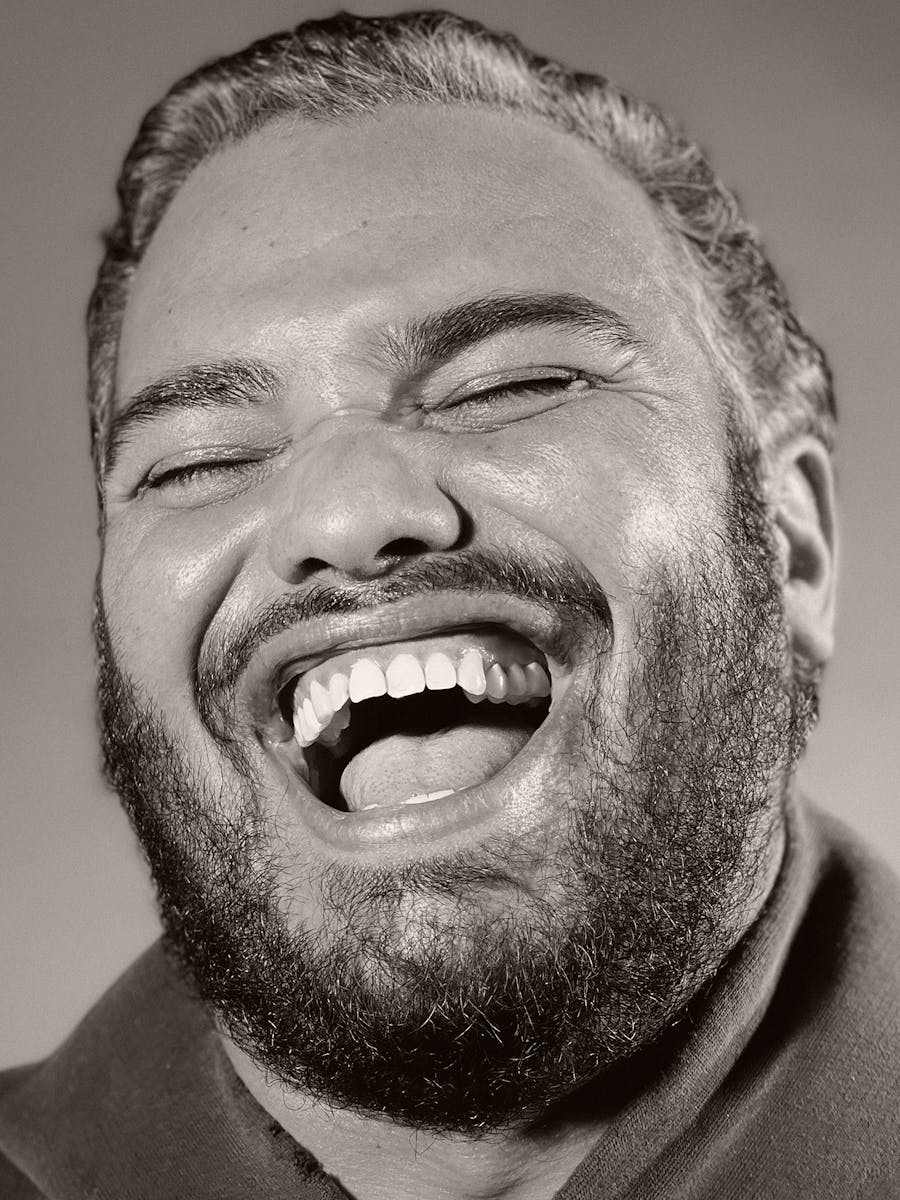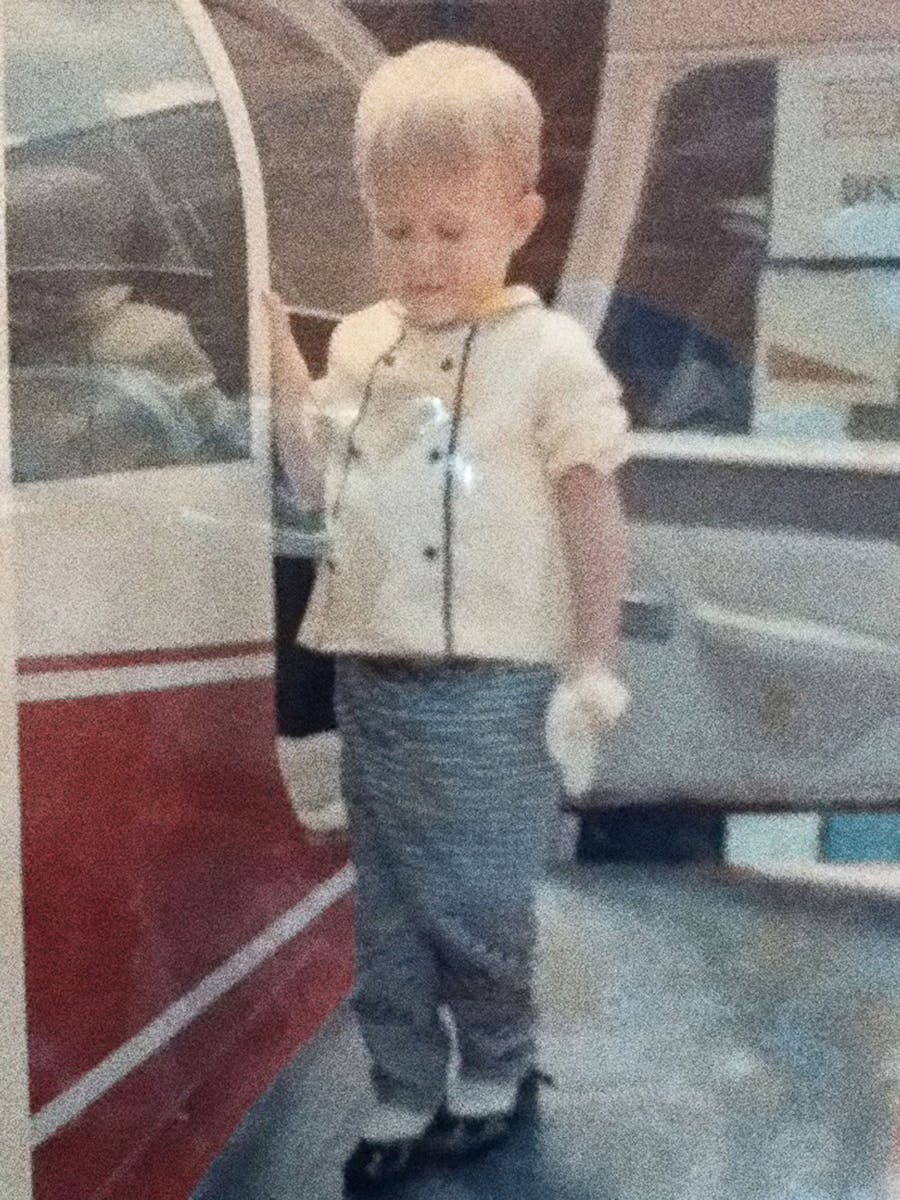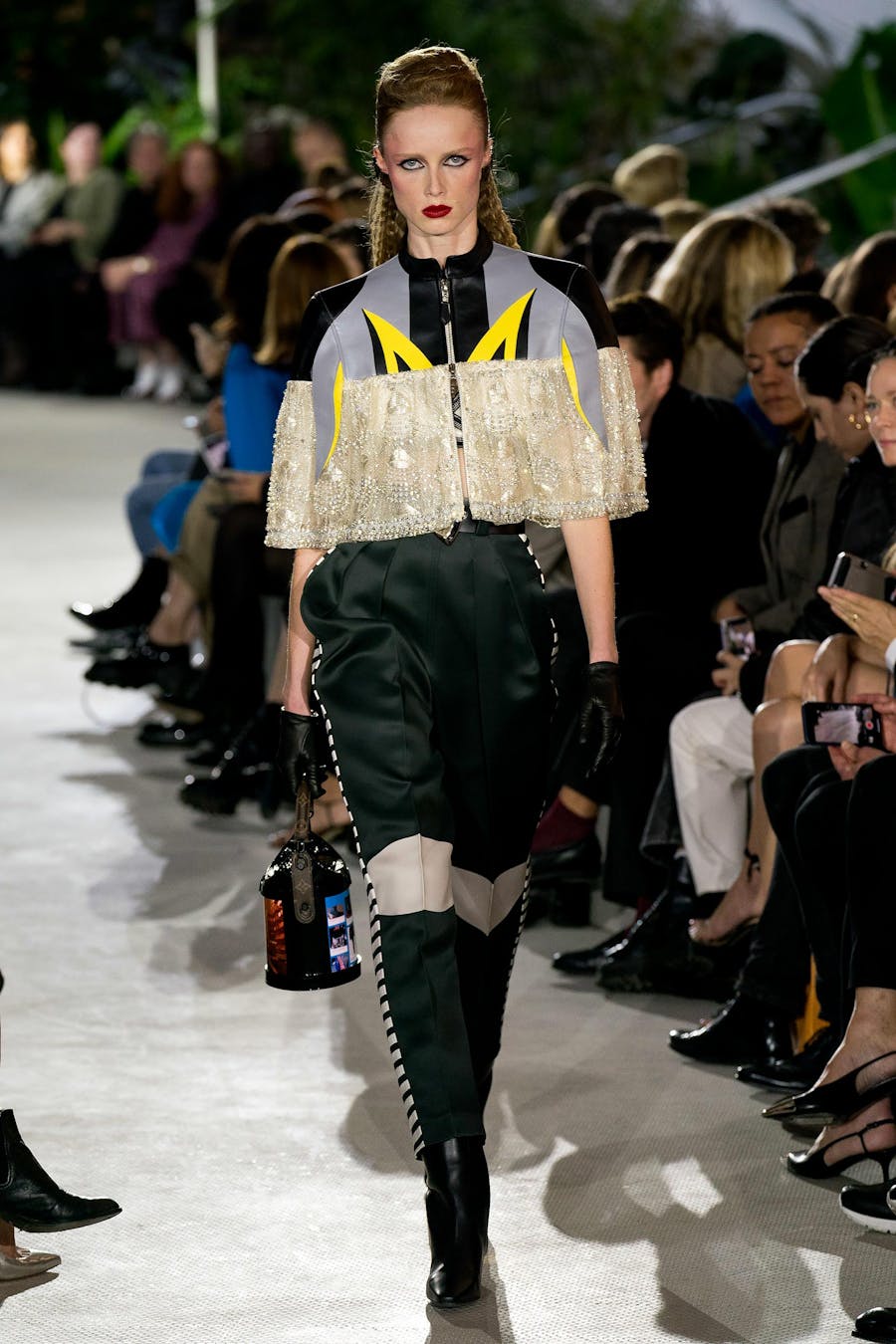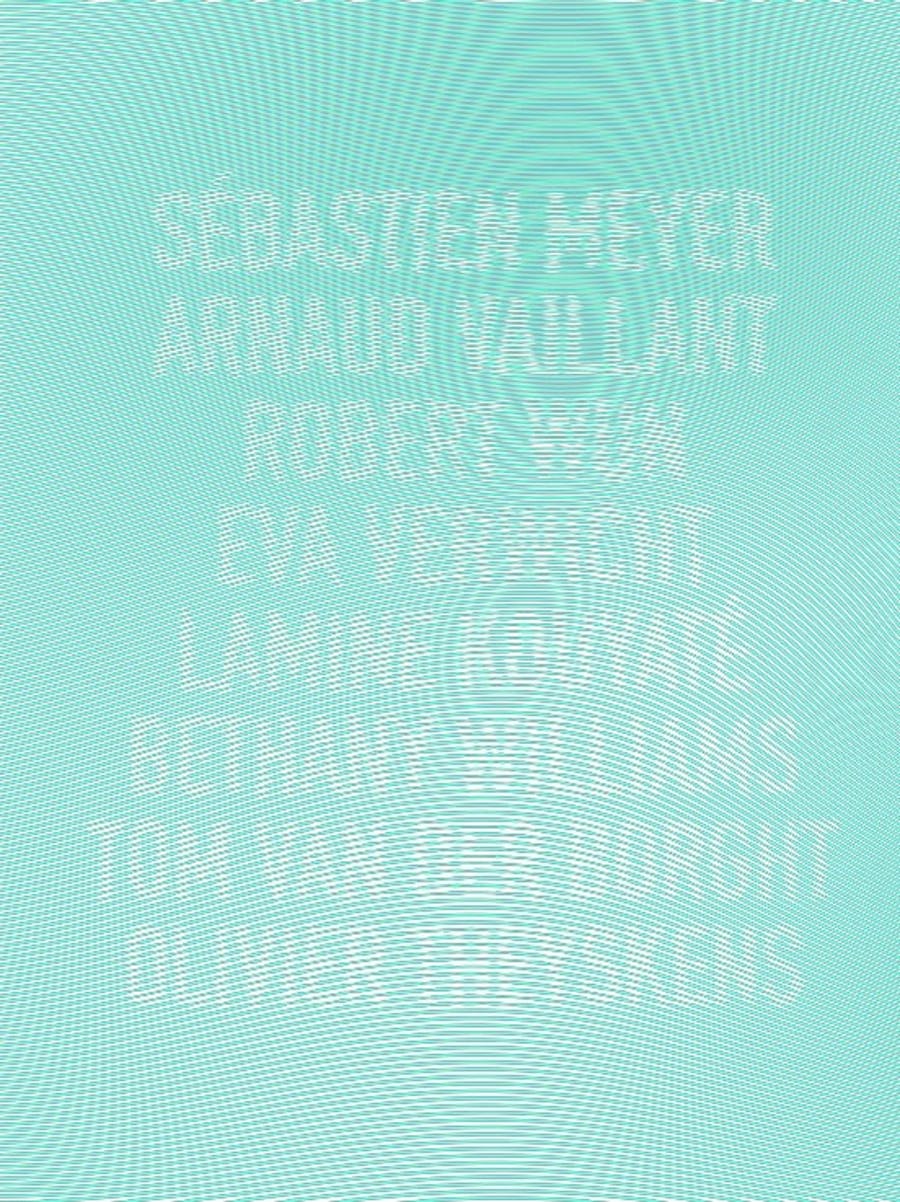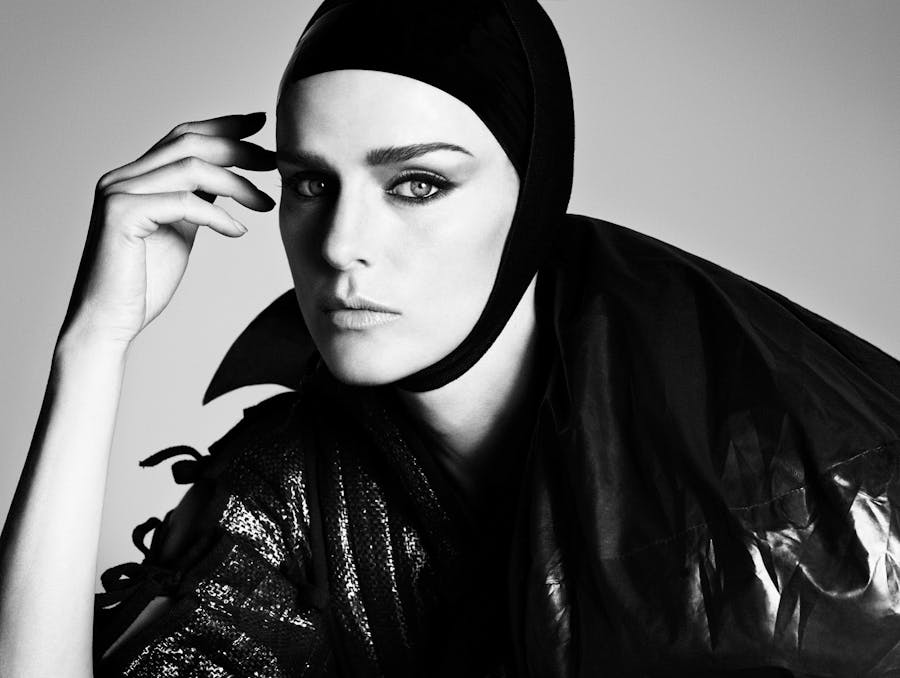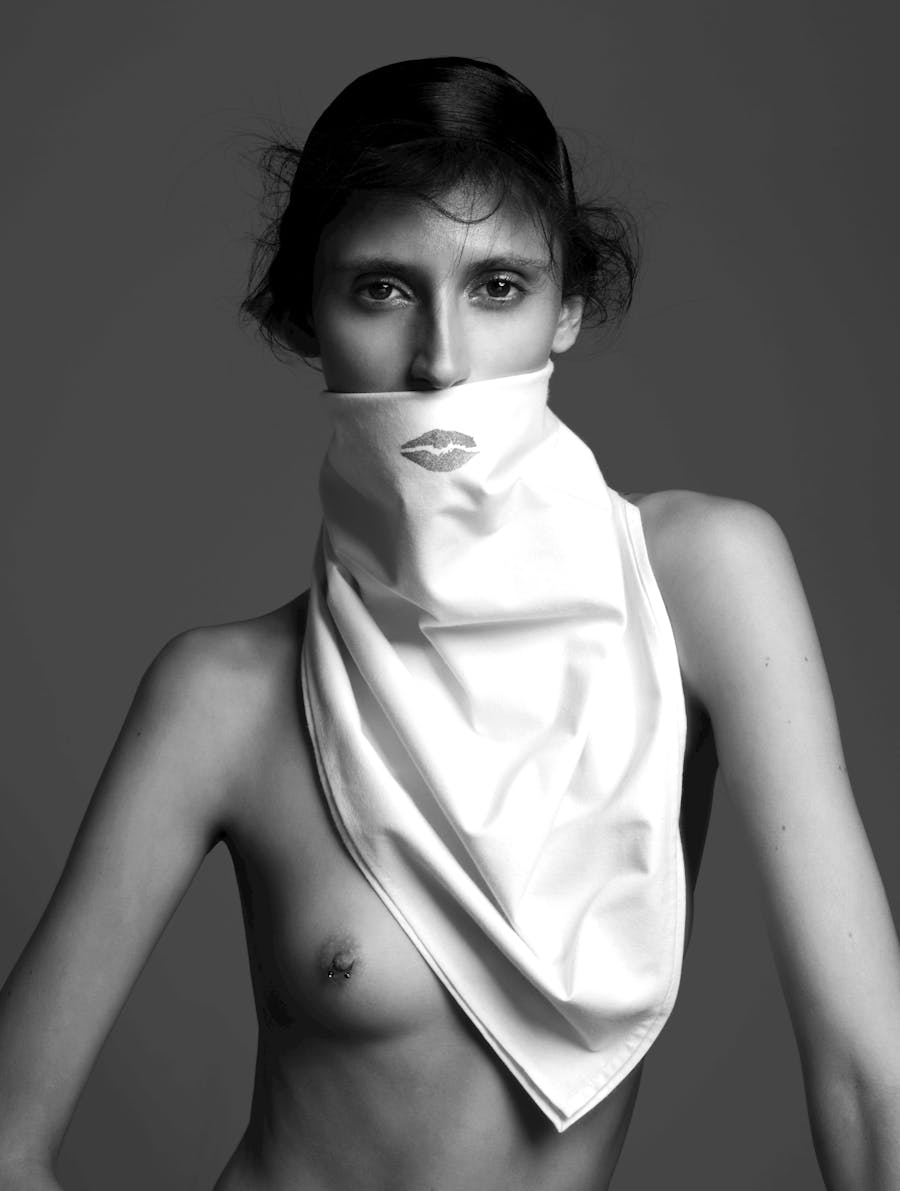Designer Spencer Phipps is a born risk-taker. There isn’t a limb on his body that doesn’t have a scar from one escapade or another that he jumped into with both feet before asking questions. The man is even missing a significant portion of one of his pinkie fingers from one memorable misadventure. And when it comes to taking risks, Phipps also has no problem doing that in business. It was, after all, an impulse decision to launch his signature menswear brand Phipps back in 2017. This was when, having worked alongside Marc Jacobs and Dries van Noten, he found himself looking to make his next move. Unable to find a fashion house that ticked all the boxes, he decided to start his own.
⏤ Phipps, who was born and raised in San Francisco and graduated with a degree from Parsons in New York, has, over the past four years, created for himself a label that scratches a very interesting sartorial itch. His clothing celebrates timeless American wardrobe staples that allude to wide open places, outdoor activities, and manly pursuits. Garments that Phipps has designed revere nature, appreciate the artisanal hand, and seek to leave as little an impact as possible on the planet. Simultaneously, his goal is to have them hold a long-term place of honor in a man’s closet, another sustainable pursuit.
⏤ From its inception, one of the pillars of the Phipps brand has been its commitment to sustainable sourcing and responsible manufacturing. For the designer, this means both leveraging the latest technology in terms of construction and production as well as fine-tuning a list of transparent, sustainable suppliers that he works with regularly. His fervent commitment to crafting clothing that makes an impact but doesn't leave one on planet Earth is one of the reasons why Phipps was an LVMH prize finalist in 2019 and, why, after just two seasons, the brand was added to the official Paris Fashion Week: Menswear calendar.
⏤ At the end of the day, both the designer and the Phipps man is an adventurer lover. But they love the environment even more.
Spencer, as you know, the theme for this issue is The Edge Issue. So I wanted to kick things off by asking what puts you “on edge” in life. What drives you crazy, or makes you nervous, what gets your blood pumping?
⏤ What I always love is the challenge and the unknown. If I don't know something I get really excited and I want to know it. That thing where you are snowboarding and you look over the edge and think you will probably die. But then you have that moment when you take that leap and you are doing it and there is that rush - that is everything to me.
Growing up, what was the most “on the edge” thing you ever did?
⏤ You should ask my mom, I was one of those “act now, think later” type of kids. I used to repeatedly jump in the swimming pool before I learned how to swim. I got older and would just do the same things. I was a good gymnast as a child because I would just do a triple backflip without thinking about smashing my face into the ground.
Where did that daring attitude come from?
⏤ My dad was pretty fearless, he was kind of a daredevil guy. I have this insane photo of him water-skiing with one ski with me and my sister on his shoulders. My mom is pretty level headed and just dealt with it.
It is the thrill, that excitement that really gets you going.
⏤ Yeah, that is what I love about sports and the creative process. I love just getting into it and figuring it out.
In the creative process, are you somebody who likes to be surrounded by mayhem and chaos, or do you need things to be more orderly?
⏤ I sort of like organized chaos. My creative process is ongoing and continuous. It is a never-ending spool of things coming at any given time. I try to make systems that funnel it into at least something that I can communicate to someone later. Creativity is wonderful, but it is also important how I can relay that information to my studio or a factory to make something. My studio team is great at seeing things in order. I participate in a lot of sports and it clears my mind for me. When I come back, I find that all my ideas have been rearranged in a fresh way.
What is your go-to sport now?
⏤ I do a whole bunch of stuff. I have been learning Muay-Thai. We go under one of the bridges here in Paris and beat the shit out of each other and it is pretty fun. I like that the training is not even in a nice school, it is on the side of the road by the river.
You do love nature, it comes through in your clothing. In your SS 21 collection, the theme is the “Spirit of Freedom”. I love that you said “the scars of experience are what guide you” to a certain extent. I am wondering what scars you have and how have they guided you?
⏤ I am missing a finger [he holds up his hand which is missing a large part of his pinkie finger] and have scars all over the place. You name a body part and I probably have a scar there. I lost my finger through a cycling thing when I was younger, it got caught in the wheel in a big mess.
Oh God! No kidding your mom had to be very cool-headed with you when you were a kid! Ok, so talk to me a little bit about the edge, in terms of sustainability and with your brand, because when you started your business being sustainable didn’t have the industry acceptance it does today.
⏤ For me, that was non-negotiable. When I decided to start my business - to ignore [being sustainable] seemed incorrect. I do not have any rules or shareholders. I do not have anyone telling me what I can or cannot do – so why not do the right thing and build it from there? It does make things more difficult in the sense that our design process operates in a much more different way to other houses. But it gets easier and each season gets easier. It is so deeply ingrained in the conversations that we have now that it is becoming second nature in a really nice way. But in the beginning, I had to explain it to everyone constantly.
Would you say that you are a person that lives more in the physical space more than in your head?
⏤ It is a pretty big melange. I love physical activity for myself. I think it is the best way for me to feel alive and take advantage of the world we live in. That is why I love being outside rather than just looking at it. I love to go snowboarding because you are riding the mountain, or climbing, where you are literally hugging a mountain which is the most insane feeling. Or even just sports in general, I love the rush you get from just sprinting as fast as you can. Using every part of the instrument that is my physical being.
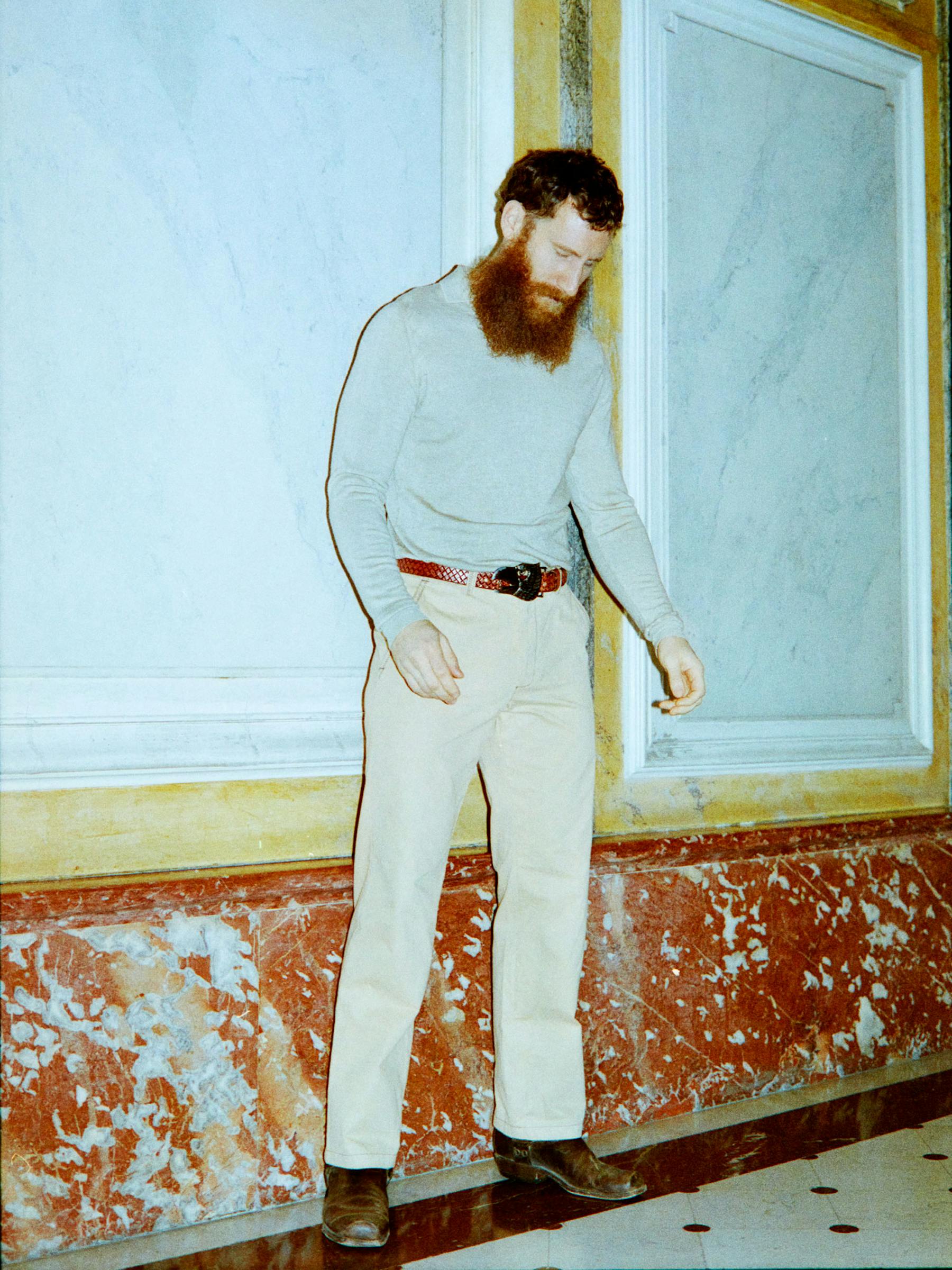
Photographer BORIS OVINI
How did you adapt to the lockdown? Because in a sense people were able to connect virtually in ways that they had never really done in the past. Deep connections, but without that human physical connection. What was that experience like for you, as someone that is so into being in the outside world?
⏤ It was interesting. I found myself putting more of my own self out there for other people. It was weird, I am not super into social media. I am quite a private person in that sense, I am not splashing everything I do on the internet. I changed gears a little bit [during the lockdowns], and it was really interesting. It was really cool to have a dialogue with people in a nice way. It became this open platform for everybody. I was part of that BoF Voices group for the conference, and there was a WhatsApp group that was created with basically every independent designer in existence. All these people whose names I knew, but had never heard them speak. But here I am in a focus group and we are having these conversations, helping each other. I would normally jump on that call and not turn my camera on and let the experts do their thing. In that group, I was the smallest and youngest brand - which was really odd. But I sort of forced myself to try and share my opinions on things, even when I might have felt a bit insecure about stuff. I can send a message in that WhatsApp group and someone would answer me. The industry has been, for good reason, very secretive. I do not know what goes on in any of the other businesses and they do not really want to tell me. But now, I can tell you the good and bad issues that people have had. It was funny because someone would voice a concern, and 20 other people would chime in and say they had the same issue. Then they would realize that maybe they should all sit down to figure out a solution.
You talked about the evolution of the industry. There seems to be a lot of big ideas right now that are shifting the way we think fashion should be run. What are the ones really exciting you and the ones that you want to push forward?
⏤ The biggest one that I have seen is everybody splitting off and doing a million different things. To me, that is the coolest thing. If Chanel wants to do six gigantic fashion shows a year and do their delivery schedule, that is great, and if this other brand wants to do direct-to-consumer that is okay too. We have seen the formula just disintegrate and be replaced with a free-for-all. I think that is really cool and I am curious to see what happens post-Covid.
Looking forward, how do you want to push the envelope forward for yourself and your brand?
⏤ I have so much cool shit happening. We have a new business manager, we have a whole new structure within the brand. I am super excited for the next year for the brand. There is a lot of stuff that is going to be happening in a really good way. For me, I am such a homebody. But I have this desire to go to a gigantic party somewhere after the pandemic. I do not even want to talk to people – I just want to sweat on the dance floor.
Is there anything else that comes to mind when you think about this idea of living on the edge?
⏤ Even starting this business was living on the edge. I know some people who started their businesses who have been dreaming of it since they were a teenager. For me, it is very spontaneous. I wanted to work in fashion, but I wanted to work for other people. I did not have the resources or any ideas when I went to school . I went to Parsons, and when I finished there, I got a job at Marc Jacobs, switched to Dries [van Noten] at some point, and after that, I had this little idea. I did not really know what my next job was going to be at that point, so I made this little list of the qualities of the house that I want to work for. I wrote this long list but I realized this place did not exist. So I decided to do it myself.
